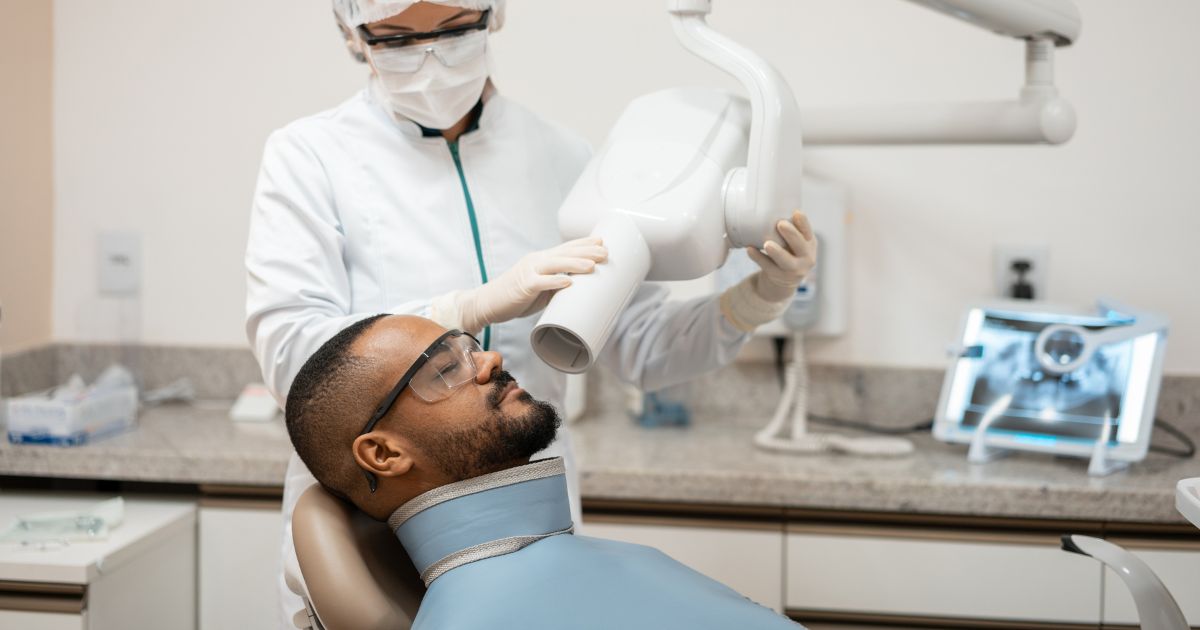
Understanding the Different Types of Dental X-Rays
Dental X-rays help your dentist to see areas that are not visible during a regular exam, like what is happening between your teeth or below the gums. There are several types, each with a specific purpose, and all are designed to support your care using low-exposure imaging.
Intraoral X-Rays
These are the ones most people are familiar with. Bitewings show the upper and lower back teeth in a single view, helping your dentist spot things like decay between the teeth or changes in bone levels. They are typically taken once every 2 years during routine checkups, depending on your individual needs. If more detail of the tooth is required, a periapical X-ray may also be taken as shows more of the tooth or teeth (although fewer teeth than with Bitewings.
Panoramic X-Rays
A panoramic scan captures your entire mouth in one wide image, including the jaw, teeth, and surrounding structures. It is often used to monitor developing teeth, check wisdom teeth, or take a broader look at your oral anatomy. Since it covers a lot in one image, it can be especially helpful during early assessments or treatment planning.
Cone Beam CT
Sometimes more details is required of an area in 3D, such as whether a tooth root is broken, if there is a growth between the roots of the tooth, how close a root is to a nerve or whether there is sufficient bone for a dental implant. Out Cone Beam CT covers an area as small as possible to reduce radiation exposure to a minimum possible, and is significantly lower exposure as compared to a traditional Computed Tomograph (CT) scan.
What to Expect
Dental X-rays use very low levels of radiation, as low as a few hours in the open, and your dental team follows guidelines to keep exposure to a minimum. You asked to stay still for just a few moments. Most types are quick and easy, and your dentist will let you know if any images are needed. (You might not need them at every visit.)
Have questions about X-rays and what type might be used during your appointment? Reach out to book a visit and chat with your dental team.
